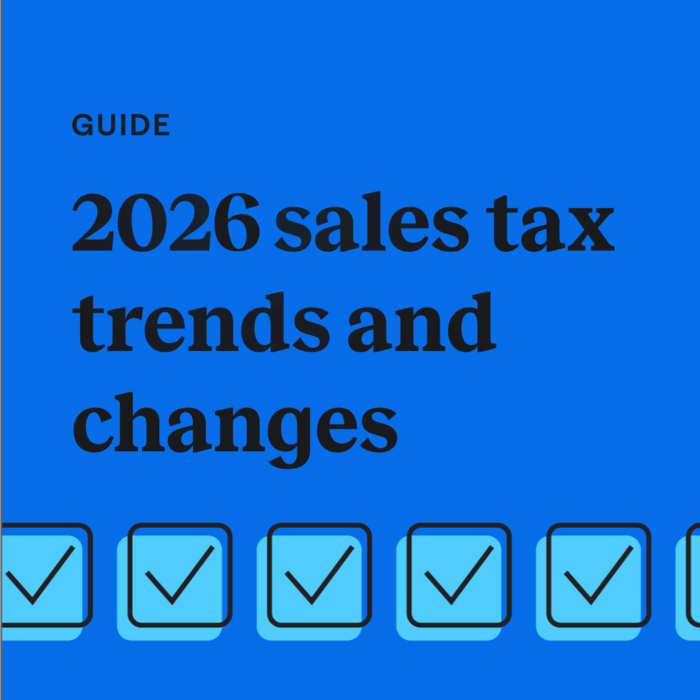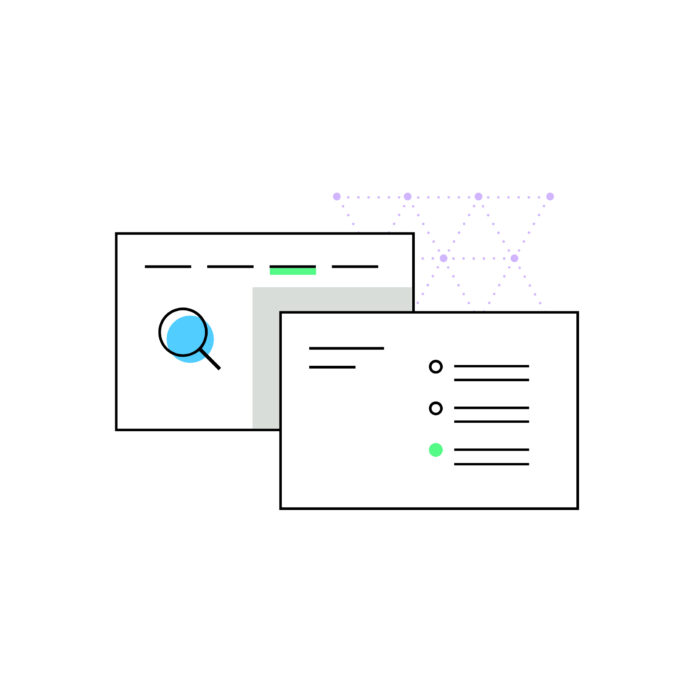Mid-year sales tax refresher checklist
by June 11, 2025
As we reach the midpoint of the year, it’s the perfect time to conduct a sales tax refresher. Whether you’re a small business owner, a seasoned e-commerce entrepreneur, or part of a large corporation, taking the time to review and refine your sales tax processes can help ensure compliance and set you up for success in the second half of the year.
From July onward, retailers will have many compliance challenges to manage, including two busy filing months, July and October, and multiple major shopping holidays. We’ve created a checklist of the things your business should consider during your mid-year sales tax assessment.
1. Check in on where you have sales tax obligations
A quick refresher on nexus. In the US, retailers are required to collect sales tax from buyers in states where they have sales tax nexus. If you have sales tax nexus, think of your business as having a connection to the state.
There are two different types of sales tax nexus, or in other words, two different ways you can meet the requirements to collect and remit sales tax to a state. Physical nexus is just that, a physical connection to a state. Examples of physical nexus (also sometimes referred to as “physical presence”) include employees, offices, stores, warehouses, conference attendance, servers, etc.
Then there is economic nexus. These are either revenue or transaction (or both) thresholds that require businesses who exceed these thresholds to collect sales tax from buyers in that state. For example, in the state of Georgia, businesses only need to collect sales tax from customers if they have exceeded $100,000 in revenue or 200 transactions from customers in Georgia. These thresholds vary from state to state.
As your business grows, you are likely to reach a nexus threshold in new states. Now that we are halfway through the year, it’s a good time to review your sales in each state and make sure you know where you need to collect sales tax. Since each state has their own thresholds, this can be time consuming to manage manually. TaxJar’s Nexus Insights dashboard automates nexus monitoring for you, and sends alerts when you’re approaching a threshold in a new state.
2. Register for sales tax permits
If you find that you have nexus in a new state, and your products are taxable, your next step is to register for a state sales tax permit.
Each state’s taxing authority — usually called the [State] Department of Revenue/Taxation — handles sales tax registration. You can register for a sales tax permit yourself, or hire a tax professional to register for your state sales tax permits for you.
When filing online, you will sometimes receive your sales tax permit number instantly, though with some states it will take up to 10 business days. If you register on paper, it may take two to four weeks to receive your sales tax permit.
Don’t want to manage the registration paperwork? TaxJar can register for a sales tax permit on your behalf, giving you more time to focus on your business.
3. Evaluate your exemption certificates
An exemption certificate is a document that allows certain sellers to buy items without paying sales tax. When a buyer presents an exemption certificate to you, it’s up to you to verify that the certificate is valid.
Since exemption certificates have expiration dates, now is a good time to review any customer exemption certificates to ensure they are still up-to-date. Expired certificates or duplicates can lead to compliance issues. If you find any expired certificates, follow up with customers and request a new certificate.
You might also want to consider using sales tax compliance software to assist with the management of exemption certificates, as many platforms include a feature to help with this. For example, TaxJar customers on the Professional plan can upload and store customer exemption certificates in their TaxJar account, keeping all their sales tax data in one place. A solution like this can save you time and reduce the risk of errors.
4. Prepare for upcoming shopping holidays
As shopping holidays approach, such as Black Friday, Cyber Monday, and other seasonal sales events like Prime Day, businesses must be proactive in ensuring that their sales tax compliance is in order.
An increase in sales, like retailers often see during these shopping events, can trigger a nexus threshold in a new state, and it’s important to act quickly so you can register for a sales tax permit when necessary.
That’s why, if you don’t have an automated sales tax tool in place yet, now is a good time to look into vendors and start implementing a solution. This gives you plenty of time to get set up before the shopping season begins. When you see an influx of sales in a few months, you can rest assured that your compliance is taken care of.
Additionally, while many retailers will see an increase in sales in December, they might also offer more discounts to entice buyers. Make sure you understand how sales tax plays into discounts and coupons, and ensure you are calculating correctly.
Prepare for the second half of the year
Balancing business growth and sales tax compliance is a complex task.TaxJar makes compliance easier, by managing all the different aspects, including keeping you updated on where you have nexus, registering for sales tax permits, and automating sales tax filing and remittance. To learn more about TaxJar and get started automating your sales tax compliance, start a free, 30-day trial today.








